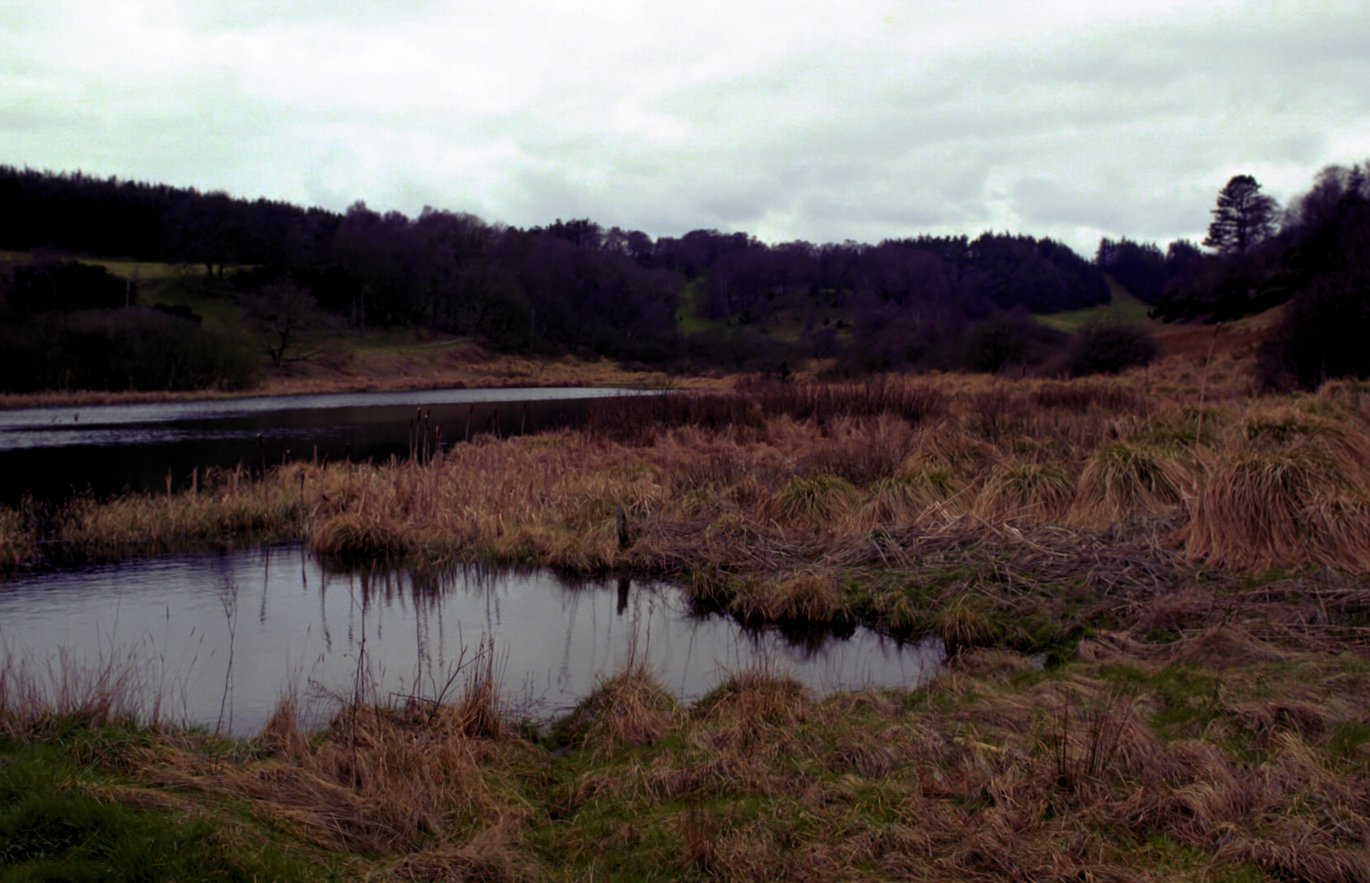Mapping the occurrence of potential acid sulfate soils using deep learning
Is deep learning the future in digital soil mapping? According to researchers from Aarhus University it has the potential. Deep learning can handle big data and provides promising results for soil classification, new research shows.

Digital soil mapping not only constitutes an important research domain, but also plays a crucial role in the dissemination of research. Maps of soil properties or classes can be used to support assessments of the leaching of nutrients, soil erosion, or emission of greenhouse gasses, to name a few possibilities.
“While classical digital soil mapping techniques utilize point information extracted from different environmental covariates at the location of soil observations, methods based on deep learning can incorporate spatial contextual information from covariates, accounting for a local and more realistic representation of these. Previous studies have assessed the potential of deep learning for predicting soil properties, and we have tested one for soil classification, as well as a model interpretation technique to explain the results,” says postdoc Amélie Beucher from the Department of Agroecology at Aarhus University.
A study area covering approximately 6,500 km2
“First of all, we wanted to assess the use of a deep learning method called convolutional neural networks (CNNs) in comparison with a more classical method called random forest for acid sulfate soil classification. Secondly and in fact most importantly, we wanted to apply a model-agnostic interpretation method to clarify the predictions,” says Amélie Beucher.
To test different methods, the research team focused on the wetlands located in Jutland. With approximately 6,500 km2 the areas represent almost 20% of the Jutland peninsula.
"We wanted to map acid sulfate soils, which can be very problematic when drained. Once drained the soil is oxidized, and a toxic combination of acidity and metals can leach to recipient waterbodies. This is problematic for water quality, microorganisms and fish being the first impacted,” says Amélie Beucher.
Large amounts of data
Deep learning methods are state-of-the-art methods, which can handle very large input datasets, also called big data. So, the information level is also potentially higher.
“Compared to classical methods deep learning techniques may be overlooked because they are more intricate to use, and their results are challenging to interpret. This makes it more difficult when you want to show the resulting maps to decision makers, advisors, and farmers. However, the large amounts of input data and the method’s implementation also generate more information. We found the convolutional neural networks yielded better results than the compared classical method,” says Amélie Beucher.
And in combination with a model interpretation technique, the results are more easily explained and visually presented. According to Amélie Beucher the use of such interpretation method is new to digital soil mapping and has a great potential to help researchers explain their modelling results in a visual and more understandable way.
“Our results show the promising potential of using deep learning for soil classification. In this study we used two classes, is it acid sulfate soil or not, but one can include many more classes and information within the models. And more importantly we found that by using an interpretation method it is easier to interpret the results. So, in my opinion deep learning will be an important tool for digital soil mapping in the future,” says Amélie Beucher.
Will use the methods in future projects
According to Amélie Beucher deep learning methods and model interpretation techniques have a lot of potential. In fact, she has continued using and developing models with deep learning in a large project mapping peatlands in Denmark. The project called ReDoCO2 aims to develop an overall methodology to map peatlands in detail and enable accurate estimates of CO2 emissions and potential carbon stocks. The methodology will provide decision-makers with detailed information and cost-effective tools to appropriately select which peatland areas to take out of agricultural production and restore.
“We will bring our knowledge of deep learning into the ReDoCO2 project, in fact we have already included it. It is our first implementation of one method and many more will hopefully follow. So, we are very excited to see and interpret the results,” says Amélie Beucher.
Fact box – ReDoCO2 ReDoCO2 is a Danish research and development project, funded by the Innovation Fund Denmark. The project started in the fall of 2020 and runs for four years. The total project budget is DKK 32.3 million where DKK 24.3 million is funded by the Innovation Fund Denmark. The project consortium includes representatives from the Department of Agroecology at Aarhus University, Aalborg University, Central Denmark Region, SkyTEM and I∙GI |
Additional information | |
We strive to ensure that all our articles live up to the Danish universities' principles for good research communication (scroll down to find the English version on the web-site). Because of this the article will be supplemented with the following information: | |
| Collaborators | Department of Agroecology at Aarhus University and Department of Architecture, Design and Media Technology at Aalborg University. |
| Funding | The study was supported by the ReDoCO2project with funding from the Innovation Fund Denmark (grant number: 0177-00086A) |
| Conflicts of interest | None |
| Read more | The publication “Interpretation of Convolutional Neural Networks for Acid Sulfate Soil Classification” is published in Frontiers in Environmental Science. It is written by Amélie Beucher, Christoffer B. Rasmussen, Thomas B. Moeslund, and Mogens H. Greve. |
| Contact | Postdoc Amélie Beucher, Department of Agroecology, Aarhus University. E-mail: amelie.beucher@agro.au.dk |
